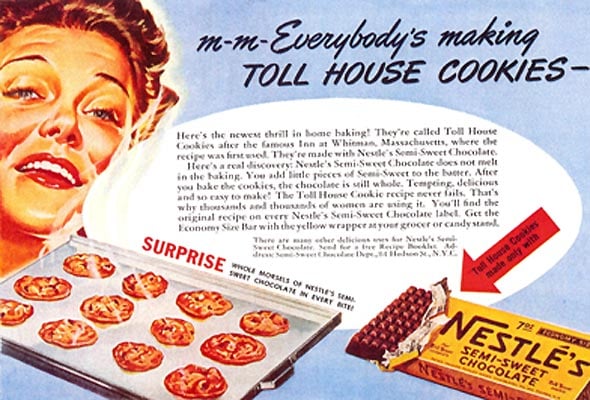What do you think this picture is about? It's a picture from the 20s or 30s, but what does your imagination come up with for a caption?
I can't for the life of me figure out why any parent would build a cage for a child suspended out of an apartment window.
Possible options?
Punishment? What would a Child Protective Services agent say about this today?
The only way to get the baby to have some fresh air? Maybe the apartment was so crowded that putting him outside would get him out from underfoot.
It's cooler to sleep in the cage than in a hot apartment? Remember this would be prior to the use of air conditioners.
After doing a bit of research online, I found that the middle option above was the correct answer - fresh air. This contraption was patented in 1922 by Emma Read of Spokane, Washington to allow the parents, who lived on the 22nd floor in a New York apartment, a place to give the baby some fresh air.
It was argued back then that fresh air - especially cold air - would help the child build up an immunity to the common cold. These cages were suspended out of windows to allow parents, who had no backyard, to give their babies that opportunity.
Babies were placed in the cages for nap times or play times during the day. In my mind, any mother who could put her baby in one of these cages high above the sidewalk, without a terrible feeling in her gut, wasn't a very good mother. Maybe after doctors and psychologists told her that it was good for the baby often enough, she'd be able to do it and ignore her subconscious. I'd like to ask my daughters-in-law if they could put their precious children in one of these.
Needless to say, this idea was on the list as one the worst 50 inventions in US history. I hate to think how many accidents happened before the end of the 30s when these were banned. How horrible.
Have you have ever heard about these cages before?
Information taken from Brief and Bizarre History of the Baby Cage
Punishment? What would a Child Protective Services agent say about this today?
The only way to get the baby to have some fresh air? Maybe the apartment was so crowded that putting him outside would get him out from underfoot.
It's cooler to sleep in the cage than in a hot apartment? Remember this would be prior to the use of air conditioners.
After doing a bit of research online, I found that the middle option above was the correct answer - fresh air. This contraption was patented in 1922 by Emma Read of Spokane, Washington to allow the parents, who lived on the 22nd floor in a New York apartment, a place to give the baby some fresh air.
It was argued back then that fresh air - especially cold air - would help the child build up an immunity to the common cold. These cages were suspended out of windows to allow parents, who had no backyard, to give their babies that opportunity.
Babies were placed in the cages for nap times or play times during the day. In my mind, any mother who could put her baby in one of these cages high above the sidewalk, without a terrible feeling in her gut, wasn't a very good mother. Maybe after doctors and psychologists told her that it was good for the baby often enough, she'd be able to do it and ignore her subconscious. I'd like to ask my daughters-in-law if they could put their precious children in one of these.
Needless to say, this idea was on the list as one the worst 50 inventions in US history. I hate to think how many accidents happened before the end of the 30s when these were banned. How horrible.
Have you have ever heard about these cages before?
Information taken from Brief and Bizarre History of the Baby Cage











